This is the first installment in a five-week series of short articles designed to help you bring year-round color to your yard. Planning a landscape can be a daunting task–we hope that this series can help offer some suggestions for planning your yard. Check our blog weekly for the latest installment–and enjoy!
One rule of gardening I’m a big believer in is creating four seasons of color in your yard. When my wife and I bought our home a couple of years ago, the previous owner had a great selection of perennials and deciduous shrubs in the yard, but not one evergreen. We moved in in October–and within two weeks after we moved, the yard was completely bare.
| ‘Magic Carpet’ Spirea |
Now, I’m not saying she had it all wrong–no, during spring and summer she had a lot of color to enjoy out her windows. But for just about half of the year, there was nothing but bare branches and empty flowerbeds to look at. So how can you create a garden with four seasons of color?
Evergreens are a great way to add at least a measure of life and color to your yard throughout the year. You don’t have to go hog-wild in doing so, but by adding at least one or two–with varied colors, textures and shapes to keep it interesting–to each of your flowerbeds, you’ll create a sense of structure in your beds year-round.
My yard is pretty small, and so I don’t have a lot of room to work with for planting in my beds. But I have been able to achieve four seasons of color. Here’s some of what I have to enjoy (broken down by seasonal interest):
Spring
- Baden Baden Rhododendron (dwarf shrub with blood-red blooms in mid-spring)
- Burning Hearts Bleeding Heart (dwarf bleeding heart with lacy blue foliage and deep red blossoms)
- Grace Ward Lithodora (true blue flowers in mid-spring)
- Hino Crimson Azalea (ruby red flowers in April)
- Irish Gold Yew (evergreen with beautiful yellow new growth)
- Kramer’s Red Heather (deep rose flowers from winter through mid-spring)
- Little Heath Pieris (variegated evergreen with white flowers late winter followed by red new growth)
- Magic Carpet Spirea (rusty-red new growth in spring followed by pink flowers late spring)
- Mother’s Day Azaleas (bright red flowers in early May)
As far as plants that offer spring color, this is really just the tip of the iceberg. From hellebores to spring bulbs to all kinds of other rhododendrons, pieris and azaleas, the choices are endless. Next week I’ll offer a few suggestions for summer color, both in blooming flowers and foliage interest. As we get started with a new season of gardening, it’s an exciting time of year. Stop in at Vander Giessen’s to see what’s in color right now and get great suggestions for what would look nice in your yard!


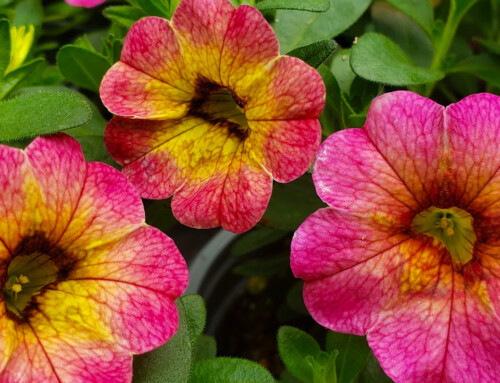
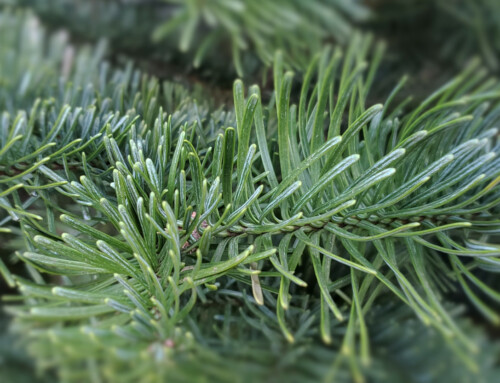
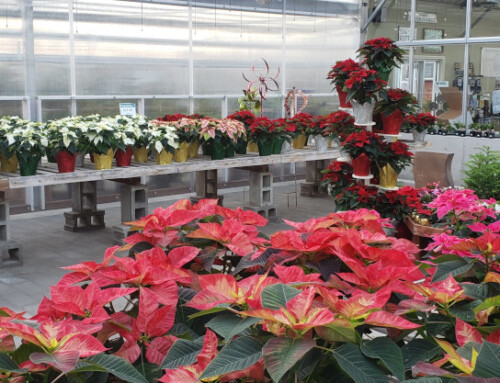
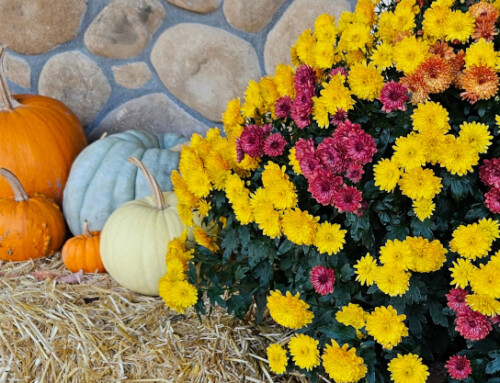
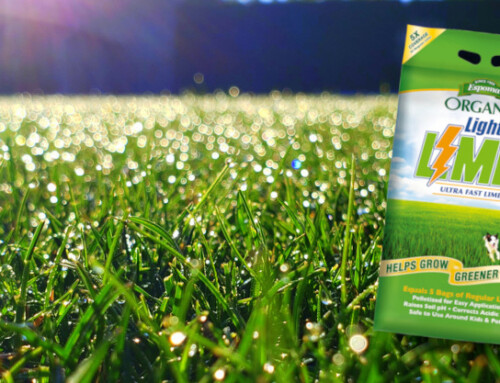
Leave A Comment